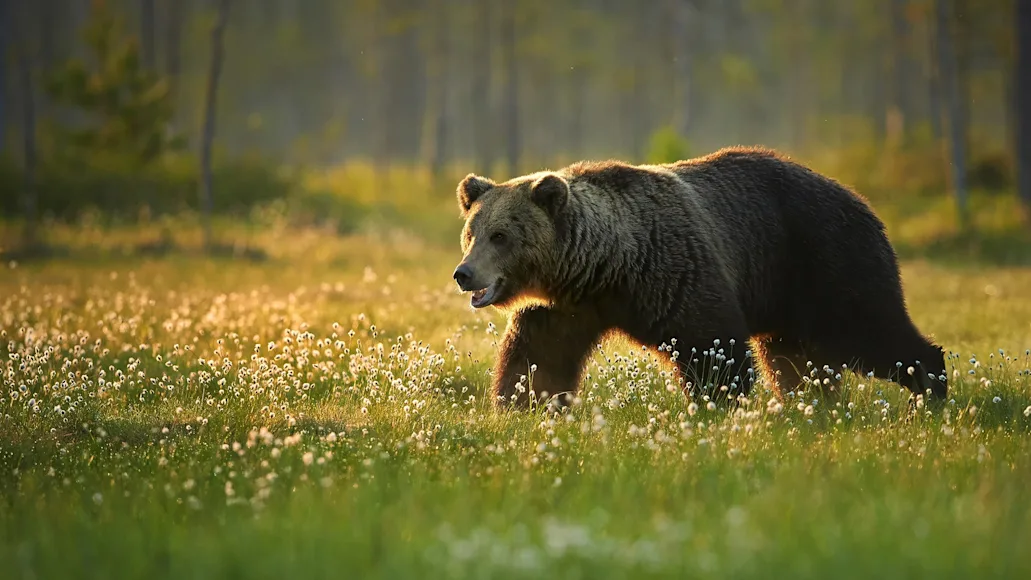The Canadian province of Alberta has adopted a rule change that will allow the taking of grizzly bears for the first time since 2006. A ministerial order signed June 17 by Forestry and Parks Minister Todd Loewen allows the agency to authorize citizens to track and kill problem grizzlies deemed a threat to people and livestock.
In a July 9 press release
, the Alberta government noted an uptick in dangerous grizzly-human interactions as the reason for the amendment, which also addresses increased agricultural losses due to foraging elk.
The changes will allow the government to create “a new network of wildlife management responders to help stop dangerous and deadly grizzly bear attacks on people and livestock,” according to the release. “When a problem animal like a grizzly or elk is identified, members of the approved network will help provide rapid conflict response times across all regions of Alberta. This response could include tracking and euthanizing a problem animal, while still following all rules and regulations already in place.”
Alberta banned grizzly hunting in 2006 and the bears were listed as threatened in the province in 2010. At the time, the grizzly population was estimated to be between 700 and 800. Current estimates are that more than 1,150 grizzlies live in Alberta.
The boom in bear numbers is blamed for a rise in bear-human interactions that “have increased in both severity and frequency” as the bears move into more populated areas, the government says. It notes that 104 people were attacked by grizzly or black bears from 2000 to 2021, with three attacks coming in 2020 and nine in 2021; recent attacks have been predatory in nature and not related to the protection of cubs or food sources. The Guardian
reported that a spokesperson for the minister cited 62 maulings and eight deaths from bear attacks since 2005. In addition, 120 head of livestock killed by black and grizzly bears were approved for compensation in 2023 and 2024 under a governmental program that reimburses ranchers for losses.
While conservation groups have decried the move as a reversal of an 18-year ban on hunting, governmental officials say it is not, in fact, a hunt. Minister Loewen sees the wildlife management responders undertaking the same role as fish and wildlife officers called on to deal with “problem wildlife.”
“A hunt normally would allow the hunter to choose what, where and when they hunt,” Loewen told CBC News
. “But the … problem wildlife responder will not have any choice of what, where and when they hunt. They’ll be told exactly the details of all those.”
The release says Albertans can apply to join the responder network through the province’s online licensing and draw system. A hunter selected to kill a grizzly or elk that has been reported to wildlife enforcement officers will have 24 hours to get to the site and can only pursue the problem animals in areas where hunting is already permitted.





